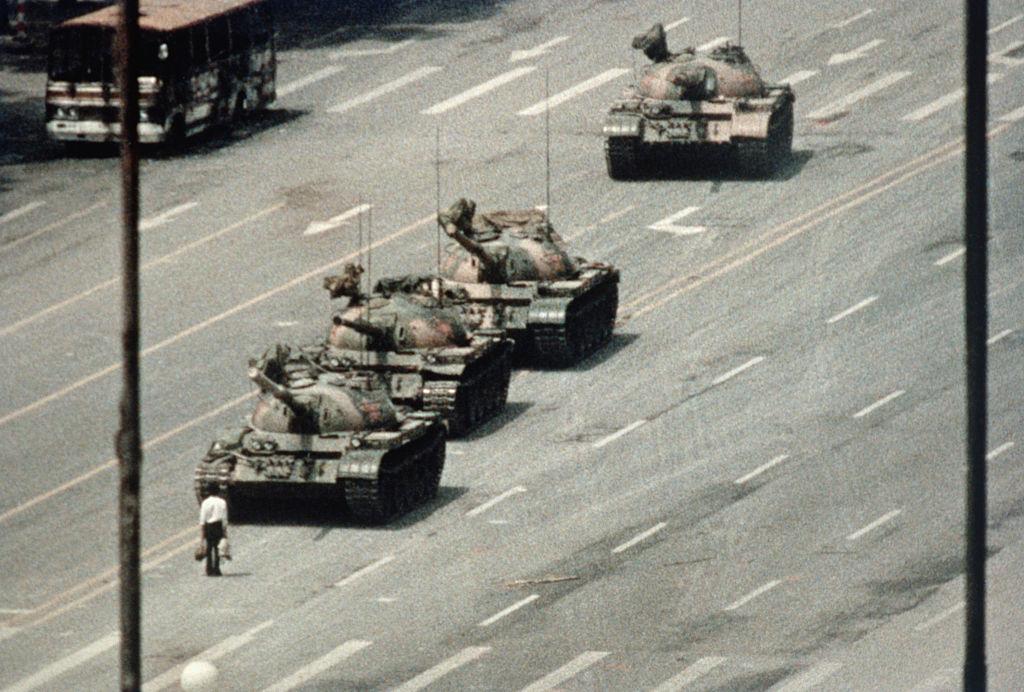
Journalists, it has been said, write the first rough draft of history. This is particularly true in China, where official sources and local media provide an incomplete picture and unofficial sources are scarce. As a result, international media play a crucial role in digging up and publishing the facts.
In the past 75 years, the position of American journalists in China has come full circle. From the establishment of the People’s Republic in 1949 to US President Richard Nixon’s visit in 1972, American journalists were barred from the mainland and had to report on China mainly from Hong Kong.
Once the US and China established diplomatic relations in 1979, American media were allowed to set up bureaus in China. The opening of the economy by Deng Xiaoping ushered in a period of relative freedom for journalists that lasted until the violent crackdown on demonstrators in Tiananmen square in 1989. However, relations picked up under the reform-driven leadership of Jiang Zemin, who was concerned to convey a Western-friendly image as he sought accession to the World Trade Organization.
The runup to the 2008 Beijing Olympics was also marked by openness, but was followed by a gradual tightening of restrictions. The publication in 2012 of several controversial exposés angered the authorities, and the decline in relations culminated in 2020 with the mass expulsion of journalists from The New York Times, The Wall Street Journal and The Washington Post.
With the mainstream US media currently covering China largely from Hong Kong, Seoul and Taipei, their field presence is back to where it was in the late 1970s.
In Assignment China: An oral history of American journalists in the People’s Republic, Mike Chinoy reviews the entire period from World War II to the present day. Chinoy, one of America’s leading China watchers, first visited China in 1973 and worked for 24 years for CNN, including as the network’s first Beijing bureau chief, Hong Kong bureau chief and senior Asia correspondent. Many will recall him regularly signing off with the old Chinese saying ‘may you live in interesting times’.
Chinoy’s narrative is built around interviews with over a hundred journalists, scholars and diplomats, giving it exceptional granularity. His list of interviewees is a who’s who of ‘old China hands’, including such names as Chris Buckley (an Australian), Nicholas Kristof, Melinda Liu and Orville Schell.
Chinoy discusses historical turning points from a correspondent’s point of view, from the opening of the economy and the ‘golden era’ prior to the Beijing Olympics to Xi Jinping’s rise to power and the Covid crisis. He also provides a fresh take on recent major China stories.
The 1989 Tiananmen square demonstrations coincided with the visit to Beijing of Russian President Mikhail Gorbachev, for which the authorities had lifted restrictions on international media. CNN was even allowed to set up a satellite dish in the square. Unintentionally Beijing gave the media unusually open access to the demonstrations.
Cameramen Jonathan Schaer of CNN and Jeff Widener of the Associated Press were staying at the nearby Beijing Hotel, and describe in detail how they captured the iconic images of ‘tank man’ blocking the advancement of the People’s Liberation Army tanks. Their footage was taken from a hotel balcony, with warning shots fired by the PLA over tank man’s head literally whizzing by.
The 2008-2009 global financial crisis bolstered Chinese authorities’ confidence in their own development model. Their growing assertiveness turned relations with international media into a cat- and-mouse game, forcing reporters to find new ways to bypass ever tightening controls.
Once information was available on the web, journalists had more opportunities to hone their investigative skills. In June 2012, Bloomberg News published a report on the hidden wealth of the relatives of then Vice President Xi Jinping just four months before the Communist Party congress that would endorse him as the new secretary general. This was followed in October by a carefully researched front-page story in The New York Times on the enormous family wealth of outgoing Premier Wen Jiabao.
As the authorities extended their repression of the ethnic Uighur population in the province of Xinjiang, in 2017 BuzzFeed News published a story referring to China as a ‘21st century police state’. An opinion piece in The Wall Street Journal at the start of the Covid crisis labelling China the ‘sick man of Asia’ was the last straw, and the expulsion of most US journalists followed.
Sources have always been a challenge for China watchers, and Chinoy provides an insider’s perspective. For three decades from 1953, journalists relied heavily on China News Analysis, a weekly review published in Hong Kong by the Jesuit priest Laszlo Ladani, who monitored official Chinese media closely, and on infrequent interviews with refugees and academics returning from China.
Once reporters were let into China, they were closely monitored, travelled with ‘minders’ and had to be careful to protect their sources. Nowadays, even journalists barred from the mainland have access to wide-ranging sources, from the Chinese internet and commercially available satellite imagery to a virtual cottage industry of China-focused online publications.
Assignment China offers a fresh perspective on China’s recent history, and many of the people who wrote it. And it’s a riveting read.